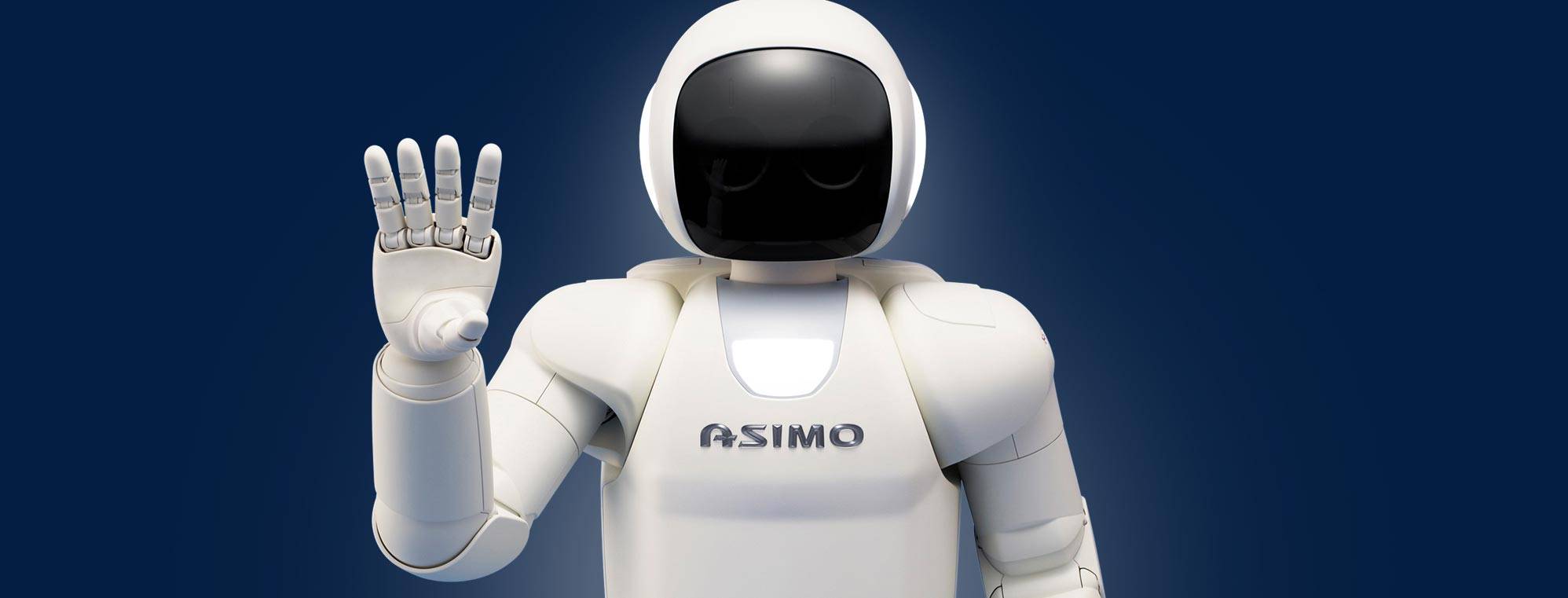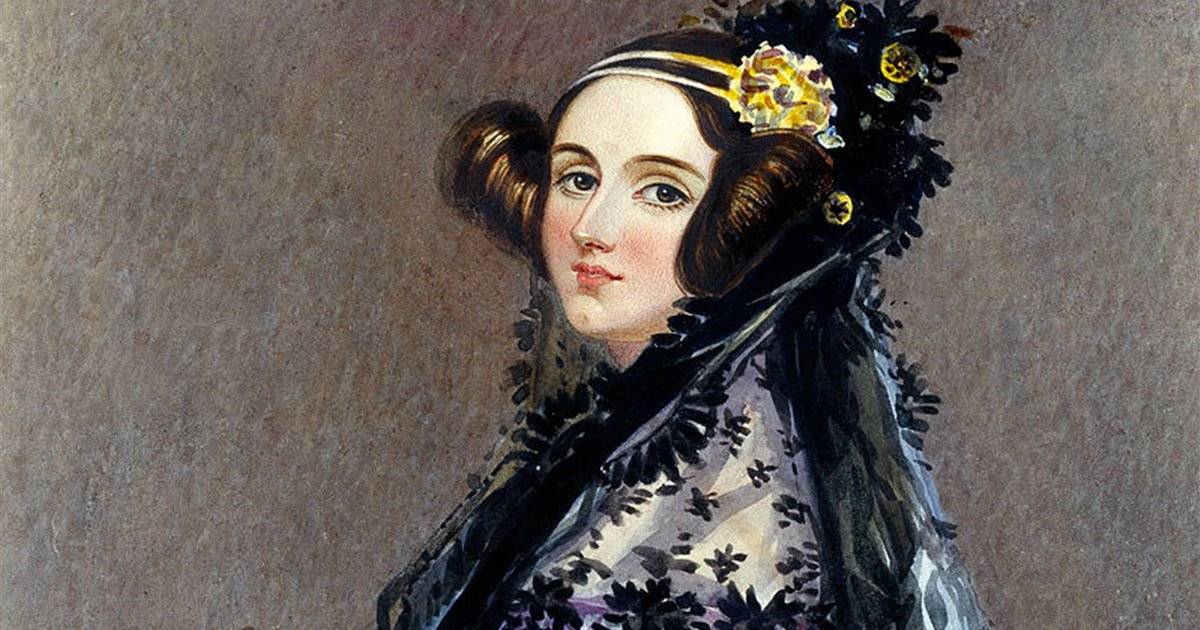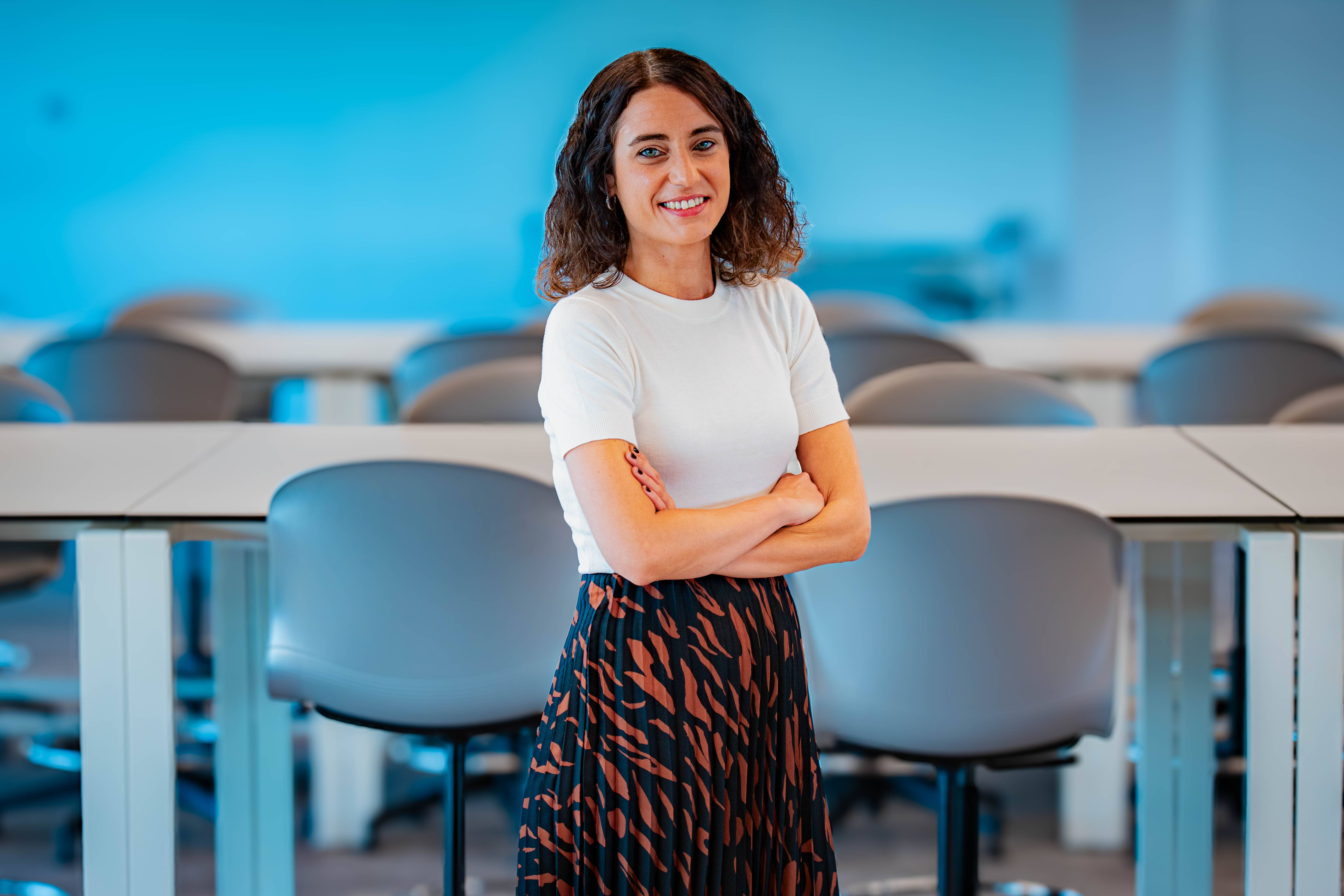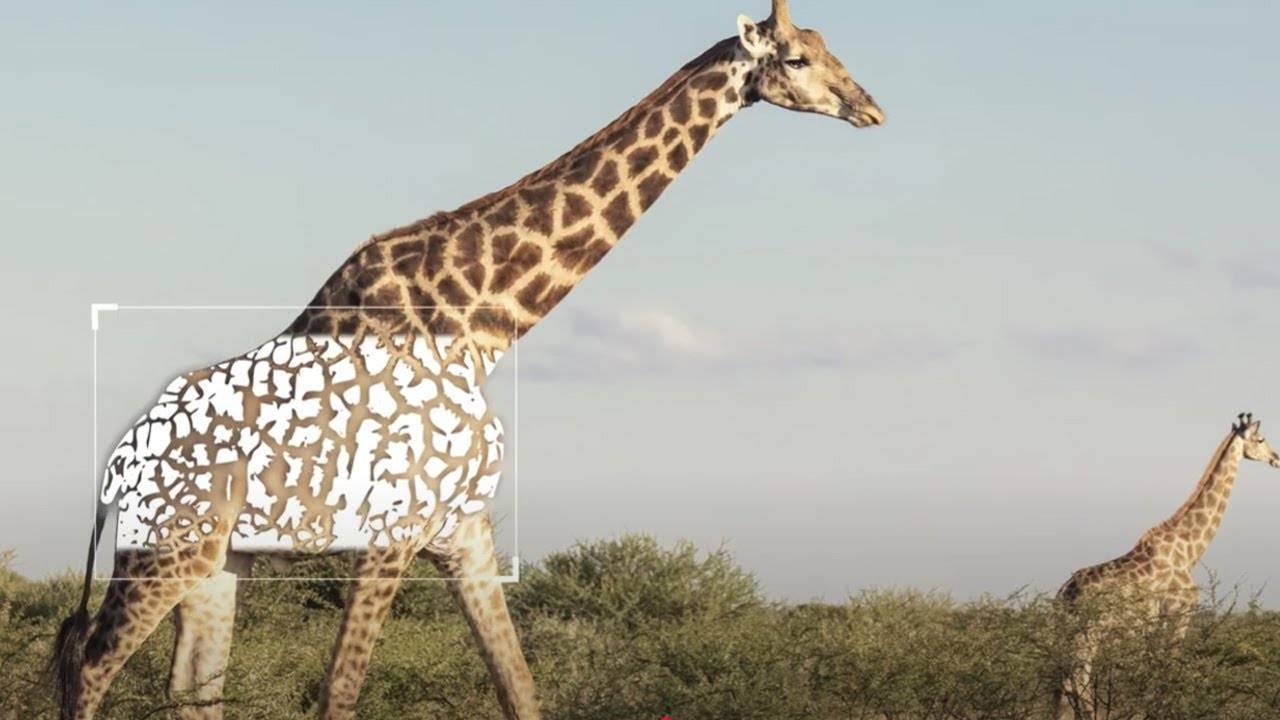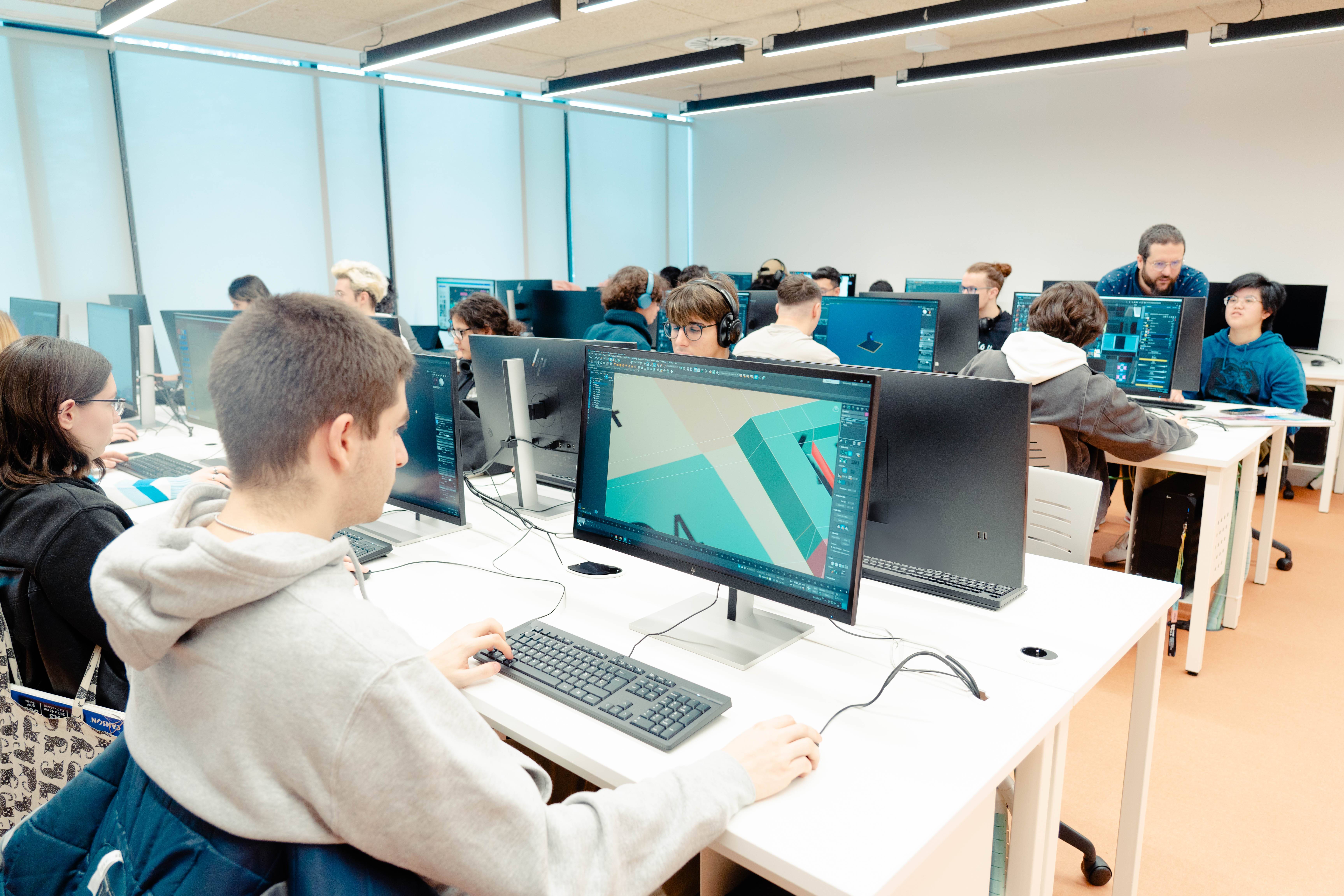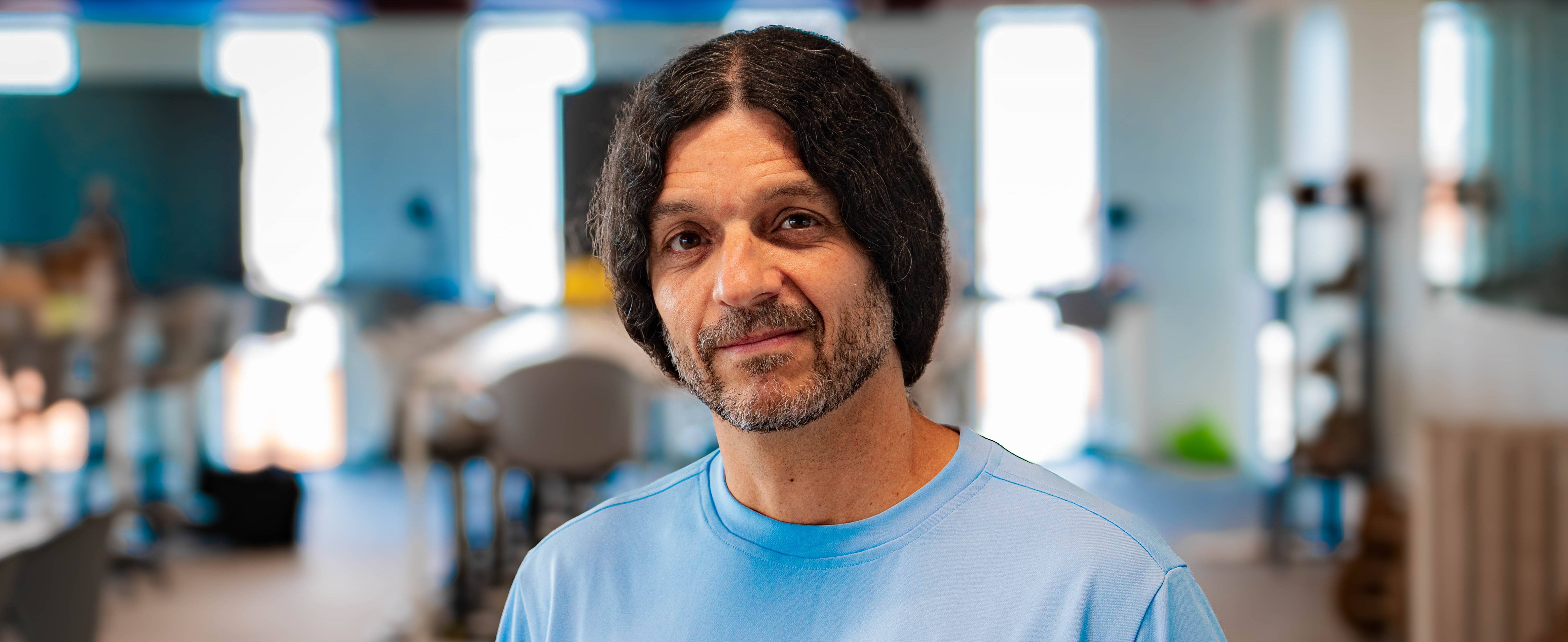Sora: the AI revolutionising video creation
In early 2024, OpenAI unveiled Sora, a new artificial intelligence model capable of creating realistic videos from text. The development of one of the most promising products of the company headed by Sam Altman has since remained in a private beta phase, available to a few researchers...until now.
As the multinational has just announced in its press room, Sora is now available to all subscribers of its paid models, ChatGPT Plus and ChatGPT Pro. Already available in 155 countries around the world (in the EU we will still have to wait a few more weeks), Sora allows you to generate up to 20 seconds of video from any description you can imagine and in all kinds of formats, from a photorealistic video to an animation that imitates the best Pixar short films.
👇 So me examples shared by Open IA
https://vimeo.com/913133210/be057e0e48https://vimeo.com/913332584/906fb61127
But the new OpenAI development not only allows us to create videos from scratch, but it is also capable of learning from our own material, developing a video "naturally" from, for example, a few seconds that we have recorded previously. In this sense, content creators, animators, or even film producers and directors, can discover in Sora a way to be more productive, be inspired to create their own content or save costs in all kinds of projects.
In order to respect copyrights, OpenAI ensures that all videos generated by Sora include C2PA metadata, which identifies the video as created by this model, as well as visible watermarks.
Like other AI models, however, Sora still has some limitations and is far from perfect. In the same way that large language models still "hallucinate", Sora can often generate unrealistic physics and has difficulty maintaining the coherence of complex actions over long periods of time. This can result in anomalous behaviour of objects and characters in the generated videos, which, at the current stage of model development, is evident in a number of shots.
On the other hand, it should be borne in mind that using Sora is not exactly cheap. Users who subscribe to ChatGTP Plus (23 euros per month) will have the opportunity to create a maximum of 50 videos every 30 days, with a maximum resolution of 720p and a duration of 5 seconds for each video. Those willing to pay the 200 euros per month for the ChatGPT Pro subscription (generally companies) will have the opportunity to create up to 500 videos per month, with a maximum resolution of 1080p and a maximum duration of 20 seconds.
In other words: Sora, at least for the moment, has no place in a professional audiovisual production environment, but it is true that in its current state of development, it offers interesting features for content creators, marketing and communication professionals or as a "test bench" for the development of future projects.
👇 Discover the Sora tutorials shared on the Open IA channel
Sora is certainly not the only model positioning itself in the creation of audiovisual content. In recent months, "Runway", an AI platform designed specifically to simplify the creation and editing of videos and which, in some aspects, offers more advanced functionalities than the model developed by OpenAI, has grown in popularity. However, Sora does have the advantage of being integrated into a multimodal platform, as in addition to video, it can work with text, audio and images.
Finally, although Sora is in its early stages of development, it is worth mentioning the emphasis that OpenAI has placed on making it clear that its new model is a strategic project and that it will receive constant attention with the aim of improving both the technical quality of the videos and their capacity to handle more complex and realistic scenes.
With the continued expansion of OpenAI's tools, the integration of text, images and video into seamless workflows could revolutionise areas such as entertainment, education and design, demonstrating once again the ambitious plan of what is undoubtedly the hottest technology company in the business.
UDIT: a unique AI training offer
Sora is just the tip of the spear of what is to come. In this context of innovation, UDIT, University of Design, Innovation and Technology, prepares students to lead the changes that tools like Sora are driving in the industry.
In this field, the Bachelor's Degree in Data Science and Artificial Intelligence and the Master's Degree in Artificial Intelligence prepare students to design and apply advanced technological solutions that are already having an impact on sectors such as entertainment, health, retail and finance.
In addition, UDIT promotes practical and collaborative training that connects students with the technology industry. This approach allows future professionals not only to understand how models like Sora work, but also to be able to take advantage of their potential in real projects, from content creation to the development of the business ideas of the future.
More information
Bachelor's Degree in Data Science and Artificial Intelligence
What bachelor's degree do you need to study Data Science and AI?


